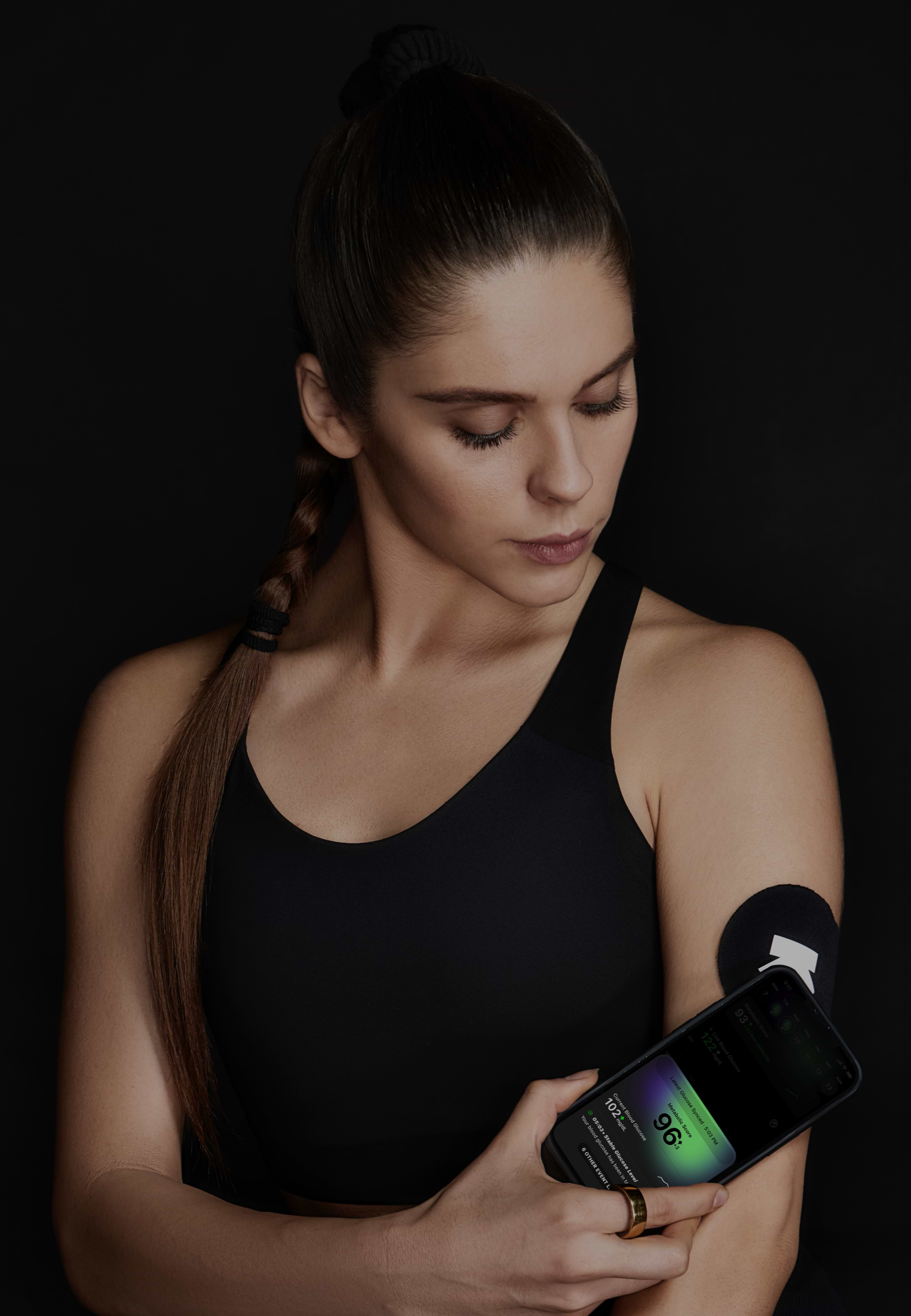
Lettuce Salad with Egg, Cheese, Tomato, and/or Carrots (1 Garden Salad)
Lunch
105 mg/dL
avg. peak value
Usually causes a medium spike
Avg. Food Score on Ultrahuman App
Ultrahuman Users got a STABLE response
Other related foods
- bacon chicken and tomato club sandwich with lettuce and spread
- soft taco with chicken cheese and lettuce
- lettuce salad with cheese tomato and or carrots
- meatless burrito with rice beans cheese sour cream lettuce tomato and guacamole
- taco or tostada with chicken cheese lettuce tomato and salsa
- lettuce salad with assorted vegetables including tomatoes and or carrots
- seven layer salad lettuce salad made with a combination of onion celery green pepper peas mayonnaise cheese eggs and or bacon
- lettuce salad with assorted vegetables
- tuna salad sandwich with lettuce
- taco or tostada with beef cheese and lettuce
How to consume Lettuce Salad With Egg, Cheese, Tomato, And/Or Carrots without glucose spikes
Incorporate Vinegar
Add a splash of vinegar-based dressing to your salad. The acetic acid in vinegar can help moderate post-meal blood sugar spikes.
Add Healthy Fats
Include healthy fats like avocado or a small amount of nuts or seeds. These fats can slow down the absorption of carbohydrates, helping to stabilize blood sugar levels.
Increase Protein
Boost the protein content by adding grilled chicken, tofu, or legumes. Protein can help in slowing the digestion process and reduce the impact on blood sugar.
Opt for Whole Grains
If adding croutons or grains, choose whole grain options like quinoa or barley, which can help regulate blood sugar levels.
Moderate Portion Sizes
Be mindful of portion sizes, especially with cheese and eggs. Excessive portions can contribute to a larger glucose spike.
Eat Slowly
Take your time while eating to give your body a chance to process the food more gradually, which can lead to a more stable blood sugar response.
Include Fiber-Rich Foods
Add more fiber-rich vegetables to your salad, such as spinach or kale, to further slow down digestion and absorption of carbohydrates.
Stay Hydrated
Drink water before and during your meal to help with digestion and reduce the likelihood of a glucose spike.
Engage in Light Activity
A short walk after eating can help your muscles utilize glucose more efficiently, thus reducing blood sugar levels.
Monitor Meal Timing
Try to eat smaller, more frequent meals rather than large portions to maintain more consistent blood sugar levels throughout the day.

Discover
metabolic
health with M1
Ultrahuman M1 helps you measure the impact of food and activity on your body in real time through glucose as a biomarker.
Explore Ultrahuman M1Find Glucose response for your favourite foods
Explore OGDbYour cart is empty
Browse through our products and find something for you.
